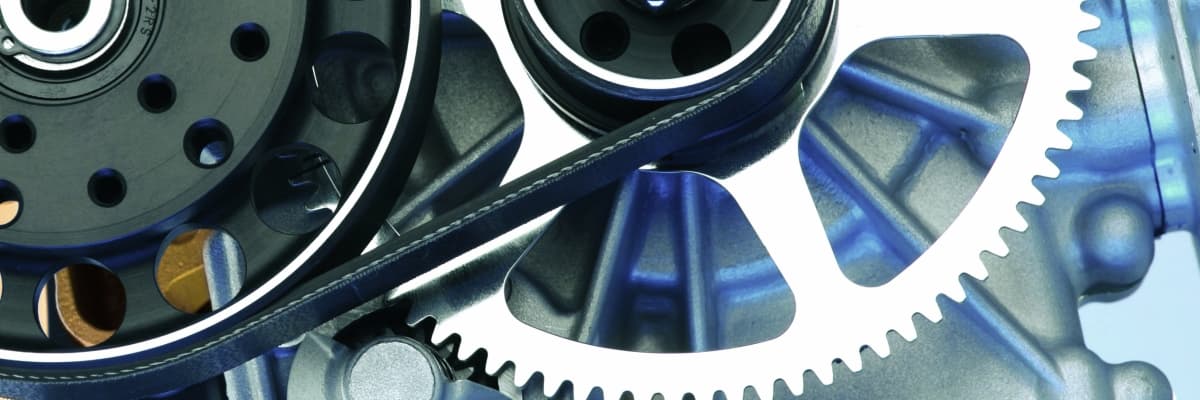History of Natural Rubber

| Around 1600 | There are first reports from travellers in America about a tree producing a fluid that coagulates and becomes solid and elastic. The native people call the tree “cahuchu” (= weeping tree), from which the word “kauchuk” is derived. They use rubber for clothes impregnating, for gluing and for making balls for ritual ball games. |
| Around 1650 | First application in Europe: impregnating of clothes and shoes to make them waterproof. The clothes have to be sent to America to be impregnated! |
| 1770 | English chemist Joseph Pristley notices that rubber is able to remove pencil markings. The name “rubber” is born (from the verb “to rub”). |
| Around 1800 | French chemists Macquer and Herissant discover how to dissolve solidified rubber juice in turpentine and ether (rubber solution). Now it is possible to import rubber from America and dissolve it in Europe for further processing. |
| 1803 | The first rubber factory is established in Paris. Its products: braces and suspenders! Disadvantage of these products: very sticky, unbearable in summer, hard and stiff in winter. |
| 1827 | Englishman Thomas Hancock discovers that by rolling rubber, the material can be rid of “nerves” (rubber mastication). |
| 1839 | American chemist Charles Goodyear discovers that by adding sulfur and leaden white to the rubber and by subsequent heating, the product becomes non-sticky and elastic. |
| 1844 | Goodyear’s process is patented as “vulcanization”. |
| Since 1860 | Numerous rubber plants are established. Brazil has a monopoly on rubber, rubber juice is obtained from wild trees. |
| 1876 | Englishman Henry Wickham smuggles 70,000 rubber tree seeds (Hevea brasiliensis) from Brazil to England. Only 2,600 (4 %) of these germinate. The seeds are sown in Ceylon in the botanical garden, later transported to Indonesia and Malaysia to grow on plantations. The planned production of rubber begins. |
| 1888 | Irish citizen Dunlop invents the tire. |
| Around 1905 |
As a result of motorization, the natural rubber becomes insufficient and expensive. 1 kg of rubber costs about 28 gold marks! The way out of the crisis: synthetic rubber has been invented! |
